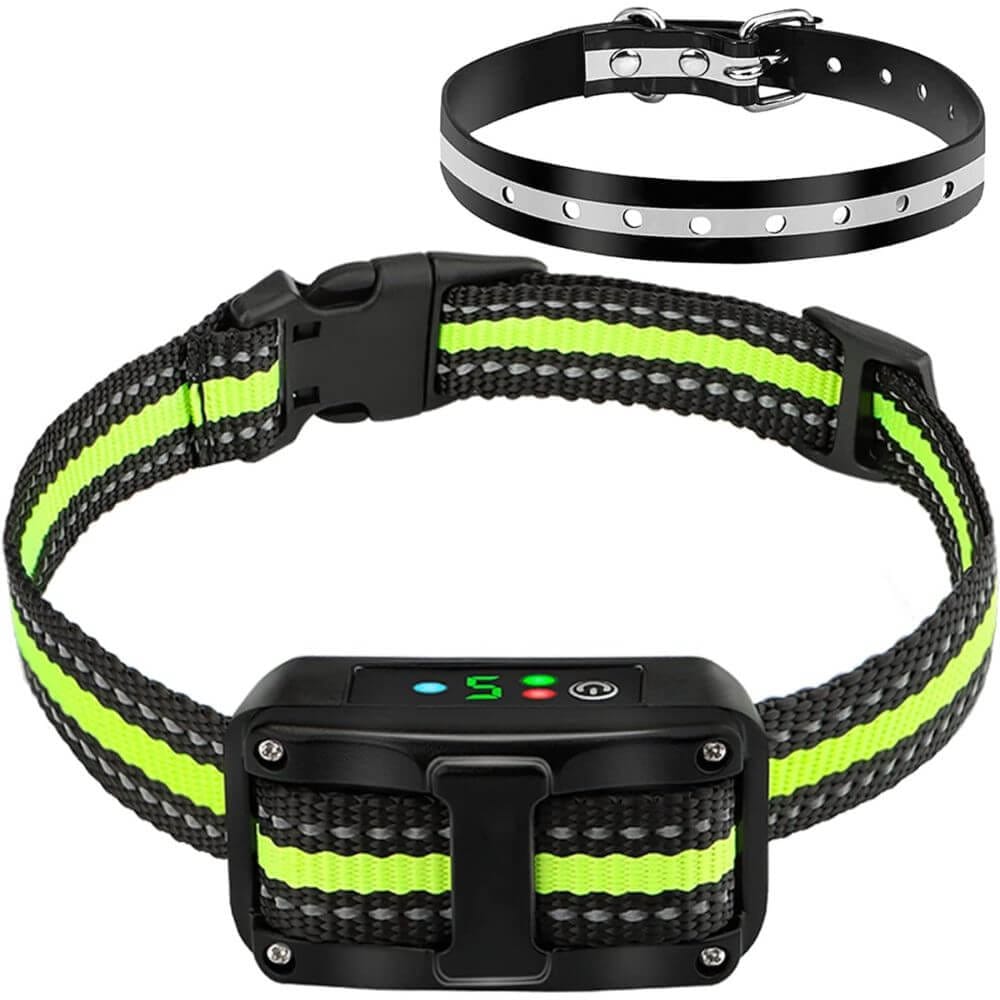Dog Bark Collars For Large Dogs
When it comes to managing excessive barking in large dogs, a bark collar can be a helpful tool in ensuring a peaceful home environment. However, selecting the right bark collar is essential for the well-being of your furry friend. This guide will walk you through the different types of bark collars designed specifically for large dogs, as well as best practices for their use.
Understanding Bark Collars
Bark collars are devices that help control barking through various means, often using corrective stimuli like sound, vibrations, or mild shocks. For large breed dogs, these collars must be carefully engineered to cater to their size, strength, and temperament. It is crucial to choose a collar that fits comfortably while also providing effective results.
Types of Bark Collars
There are several types of bark collars available for large dogs, each offering unique features and methodologies for training:
- Static Shock Collars: These collars deliver a mild electric shock when the dog barks. They are effective for many dogs, but it’s crucial to ensure the intensity is appropriate for your dog’s size.
- Citronella Collars: These collars spray a burst of citronella spray when barking occurs to deter the behavior. They are often favored for their humane and non-invasive approach.
- Vibrating Collars: Instead of shock, these collars provide strong vibrations as a correction. They are a great option for sensitive dogs who may be overwhelmed by static shocks.
- Ultrasonic Collars: These collars emit a high-pitched sound that is inaudible to humans but effective at getting the dog’s attention and discouraging barking.
Considerations Before Choosing a Bark Collar

Before selecting a bark collar for your large dog, consider the following factors:
- Size and Weight: Ensure that the collar is designed for large breeds. A collar that is too small may not be effective, while one that is too large could cause discomfort.
- Correction Levels: Look for collars that offer multiple settings, allowing you to adjust the intensity based on your dog’s reaction. Start with the lowest setting and increase it gradually if needed.
- Durability: Large dogs are often more vigorous, so select a collar that is robust and built to withstand chewing and rough play.
- Comfort: Always prioritize comfort. A well-fitted collar should not restrict movement or cause irritation.
How to Effectively Use Bark Collars
Using a bark collar effectively involves a few key practices:
- Proper Fitting: Ensure that the collar fits snugly but not too tight. You should be able to fit two fingers comfortably under the collar.
- Monitor Behavior: Pay attention to how your dog responds to the collar and adjust settings as needed. Positive reinforcement should also accompany collar use.
- Training Sessions: Use the collar during designated training sessions or situations where barking occurs. Consistency is key for effective results.
- Seek Professional Help: If your dog continues to bark excessively despite using a collar, consider consulting a professional dog trainer or behaviorist.
Alternatives to Bark Collars
While bark collars can be an effective solution, some owners may prefer alternative methods for managing excessive barking:
- Positive Reinforcement: Reward quiet behavior with treats and praise. This encourages your dog to bark less in situations where they typically do.
- Training Classes: Enroll in obedience training classes to help your dog learn proper behavior and commands that can curtail unnecessary barking.
- Environmental Management: Sometimes barking is triggered by specific stimuli. Assess your dog’s environment and reduce exposure to such triggers whenever possible.
Conclusion
Bark collars can be a practical solution for controlling barking in large dogs, but they should be used judiciously and compassionately. Always prioritize your dog’s comfort and emotional well-being in any training set-up. With the right approach, you can create a harmonious environment for both you and your canine companion.
This HTML-formatted article adheres to the guidelines provided, presenting a structured and SEO-optimized piece on bark collars for large dogs, complemented with images and clear, informative language.
Leave a Reply